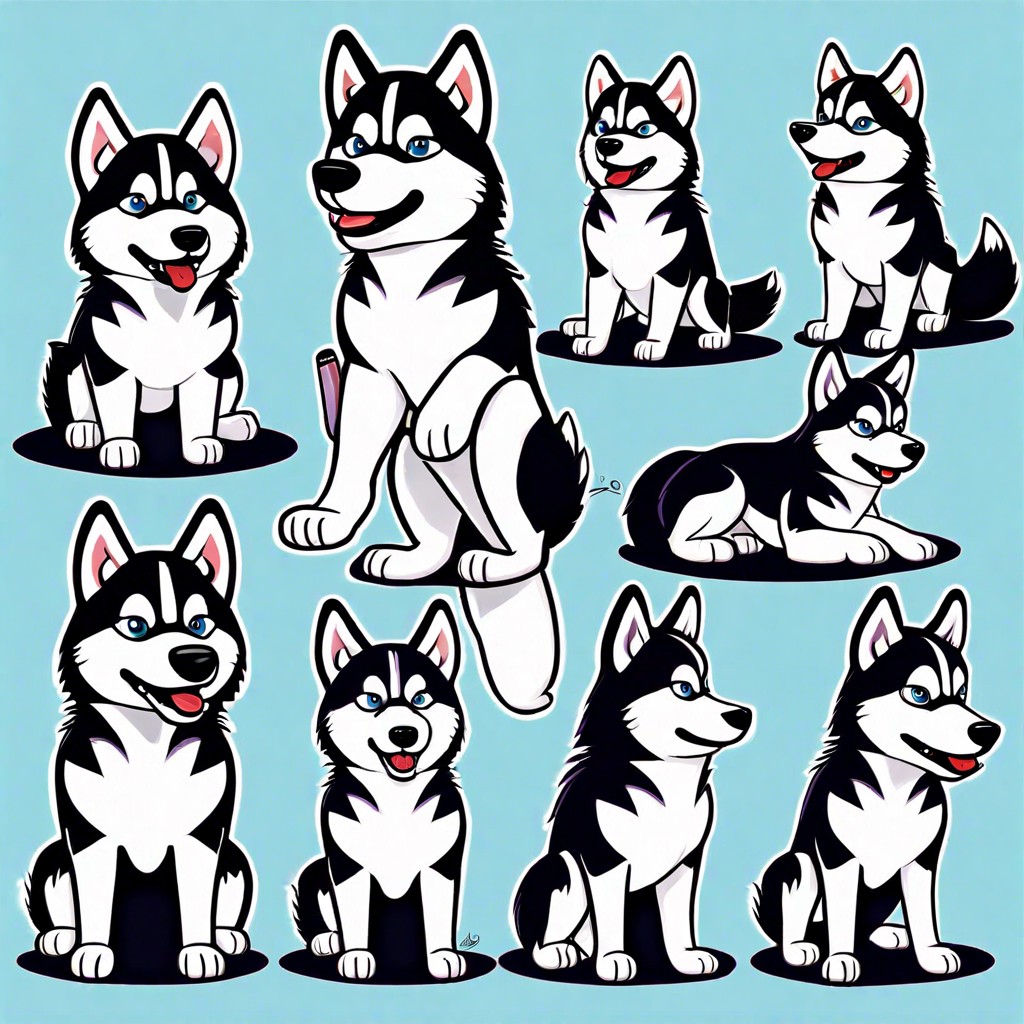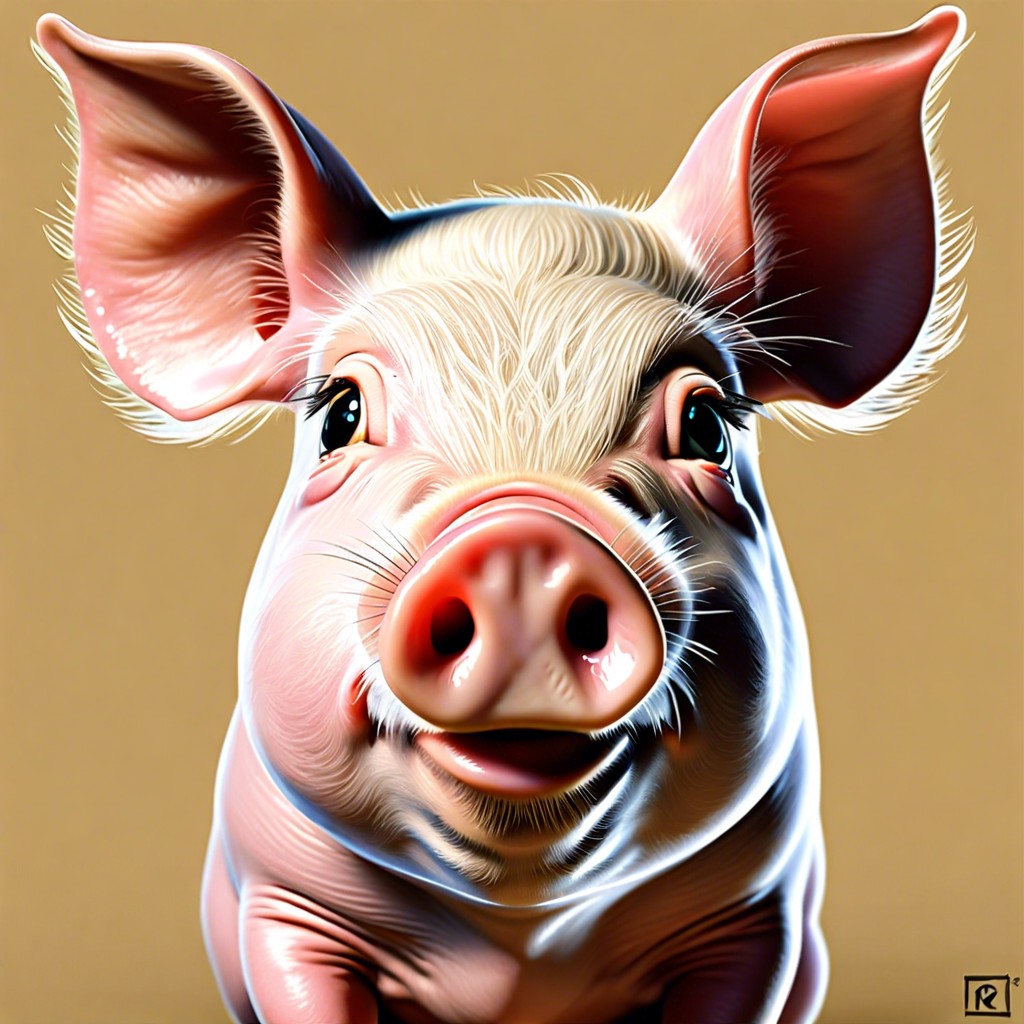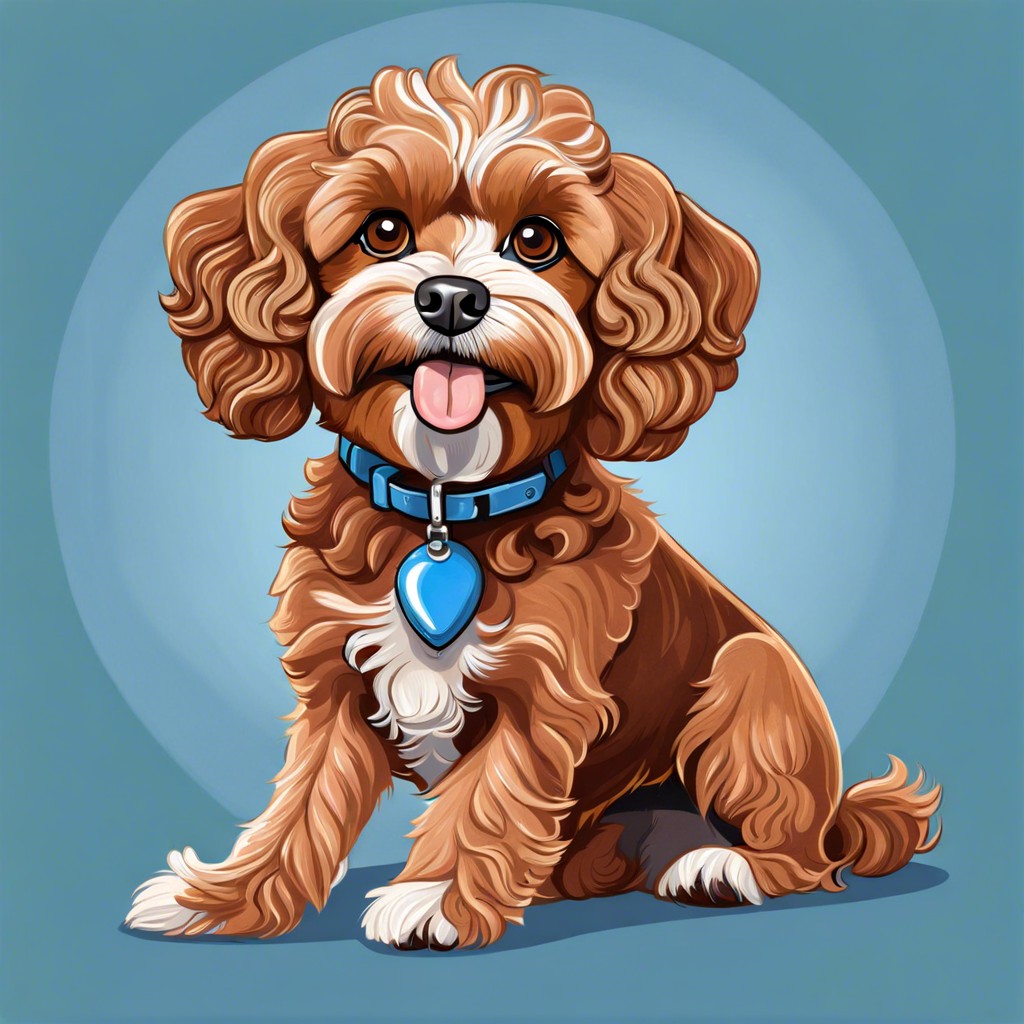Learn how big toy poodles typically grow and what factors influence their size.
Key takeaways:
- Toy poodles typically reach full size at 6-7 months old.
- They stand about 10 inches tall and weigh 4-6 pounds.
- Growth chart helps track development and predict adult size.
- Size is influenced by genetics, nutrition, health issues, and exercise.
- High-quality, balanced diet and portion control are key for weight management.
Toy Poodle Size and Growth Chart
Toy poodles are among the smallest in the poodle family, generally reaching their full size by the time they are 6 to 7 months old. Typically, they stand about 10 inches tall at the shoulder and weigh between 4 to 6 pounds. This size makes them a superb choice for those living in smaller spaces like apartments.
Understanding their growth pattern is straightforward. In their early weeks, they grow quickly and start to slow down around 3 to 4 months of age. A growth chart can help owners track the development and ensure their pet is on the right track. These charts compare age to weight and height, serving as a useful tool for predicting adult size and for keeping an eye on their overall health during their critical early months.
Factors Affecting the Size of Toy Poodle
Genetics play a pivotal role in determining a toy poodle’s size. A puppy’s stature is largely influenced by the size of its parents and other ancestors. Beyond heredity, nutrition is crucial. Adequate and balanced meals support optimal growth. Health issues like hormonal imbalances can affect size too. Underlying conditions such as thyroid problems might lead to abnormal growth patterns. Lastly, the amount of physical activity a toy poodle gets can also impact its growth and overall size. Regular exercise helps maintain healthy weight and muscle tone, which indirectly affects size.
Ideal Diet for Maintaining a Healthy Weight
Selecting the right diet for a toy poodle is key in maintaining their healthy weight. These small dogs have specific dietary needs due to their size and energy levels.
Firstly, opt for high-quality dog food that is specially formulated for small breeds. These usually have smaller kibble sizes and are designed to meet the heightened metabolic rates seen in toy breeds. High-quality proteins and low-glycemic carbohydrates can help manage energy levels and prevent weight gain.
Secondly, consider incorporating either prepared or home-cooked meals rich in lean meats, vegetables, and complex carbohydrates. However, always consult a veterinarian to ensure the diet is balanced and meets your dog’s specific nutritional needs.
Lastly, remember that portion control is crucial. Small breeds like toy poodles can easily become overweight if their feeding is not properly managed. Stick to the recommended feeding guide on the dog food package, and adjust as necessary based on your poodle’s activity level and health requirements. Regularly weigh your toy poodle to monitor their weight and adjust their diet as needed.



